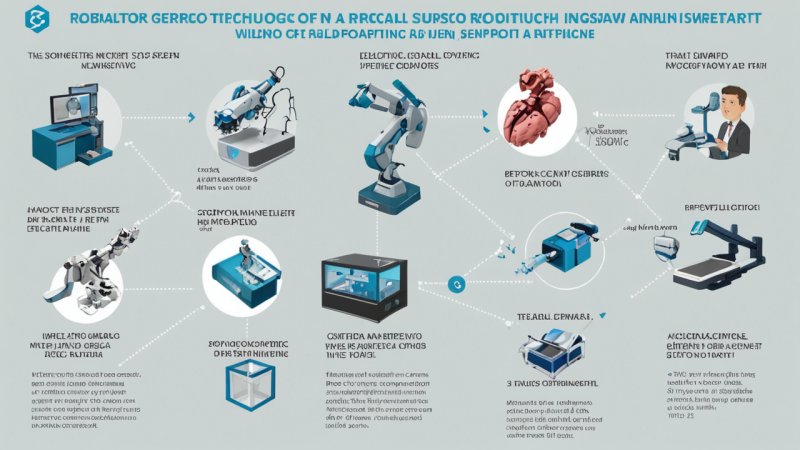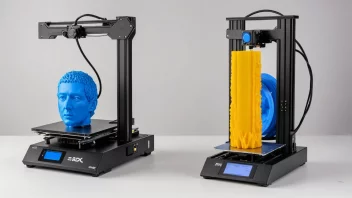Introduction
In the rapidly evolving field of medicine, technology plays a pivotal role in enhancing surgical procedures. This article will guide you through the significant advancements in surgical technology, showcasing how these innovations improve patient outcomes, reduce recovery times, and increase the precision of surgical interventions. By the end of this guide, you will have a clear understanding of the key technologies transforming surgery today.
Step 1: Understanding Robotic Surgery
Robotic surgery has become a game-changer in many surgical fields. It allows surgeons to perform complex procedures with enhanced precision through robotic systems.
- Definition: Robotic surgery utilizes robotic systems to assist surgeons during procedures.
- Benefits: Increased dexterity, reduced blood loss, and smaller incisions.
- Examples: da Vinci Surgical System in urology and gynecology.
Step 2: The Role of 3D Printing in Surgery
3D printing technology has made significant strides in the medical field, particularly in surgical planning and customization.
- Customization: Surgeons can create patient-specific models of organs or tumors.
- Surgical Planning: These models assist in preoperative planning and simulation.
- Prosthetics: 3D printing is also used to create custom implants and prosthetics.
Step 3: Utilizing Augmented Reality (AR) and Virtual Reality (VR)
AR and VR technologies are increasingly being integrated into surgical training and procedures.
- Training: VR provides immersive training for surgical residents, allowing them to practice in a risk-free environment.
- Intraoperative Guidance: AR can overlay critical information on a surgeon’s view during surgery, enhancing decision-making.
Step 4: The Impact of Artificial Intelligence (AI)
AI is transforming the landscape of surgical procedures by providing data-driven insights.
- Predictive Analytics: AI algorithms can predict surgical outcomes based on historical data.
- Robotic Assistance: AI enhances robotic systems, allowing for improved precision and efficiency during surgeries.
- Patient Monitoring: AI systems can monitor patients in real-time, alerting medical staff to potential complications.
Step 5: Telemedicine and Remote Surgery
Telemedicine has gained traction, especially in the wake of the COVID-19 pandemic, and it is beginning to influence surgical procedures.
- Consultations: Surgeons can conduct remote consultations, reducing the need for travel.
- Remote Surgery: With advancements in robotics and communication technology, remote surgeries are becoming feasible.
Step 6: Embracing Minimally Invasive Techniques
Minimally invasive surgery (MIS) techniques have been enhanced by technology, leading to better patient outcomes.
- Techniques: Laparoscopy and endoscopy are examples of MIS techniques.
- Benefits: Reduced pain, shorter hospital stays, and quicker recovery times.
Conclusion
As we have explored, technology is profoundly impacting surgical procedures across various dimensions. From robotic systems to AI-driven analytics, each innovation contributes to improved surgical outcomes and patient care. By understanding these advancements, both medical professionals and the general public can appreciate the ongoing evolution in surgical practices.
Final Advice: Staying informed about technological advancements in surgery is crucial for healthcare professionals. Patients should also feel empowered to ask their healthcare providers about the technologies being used in their care.






